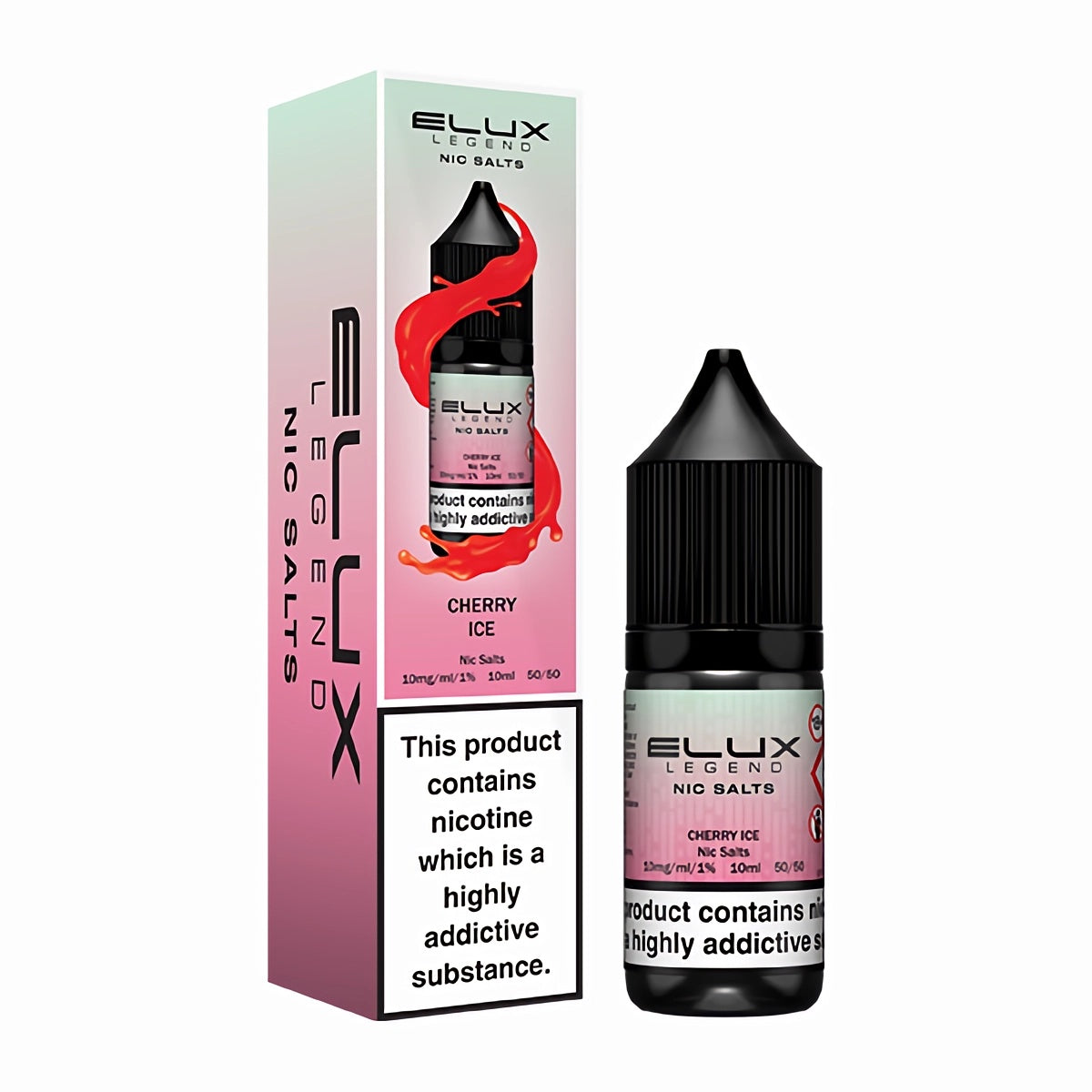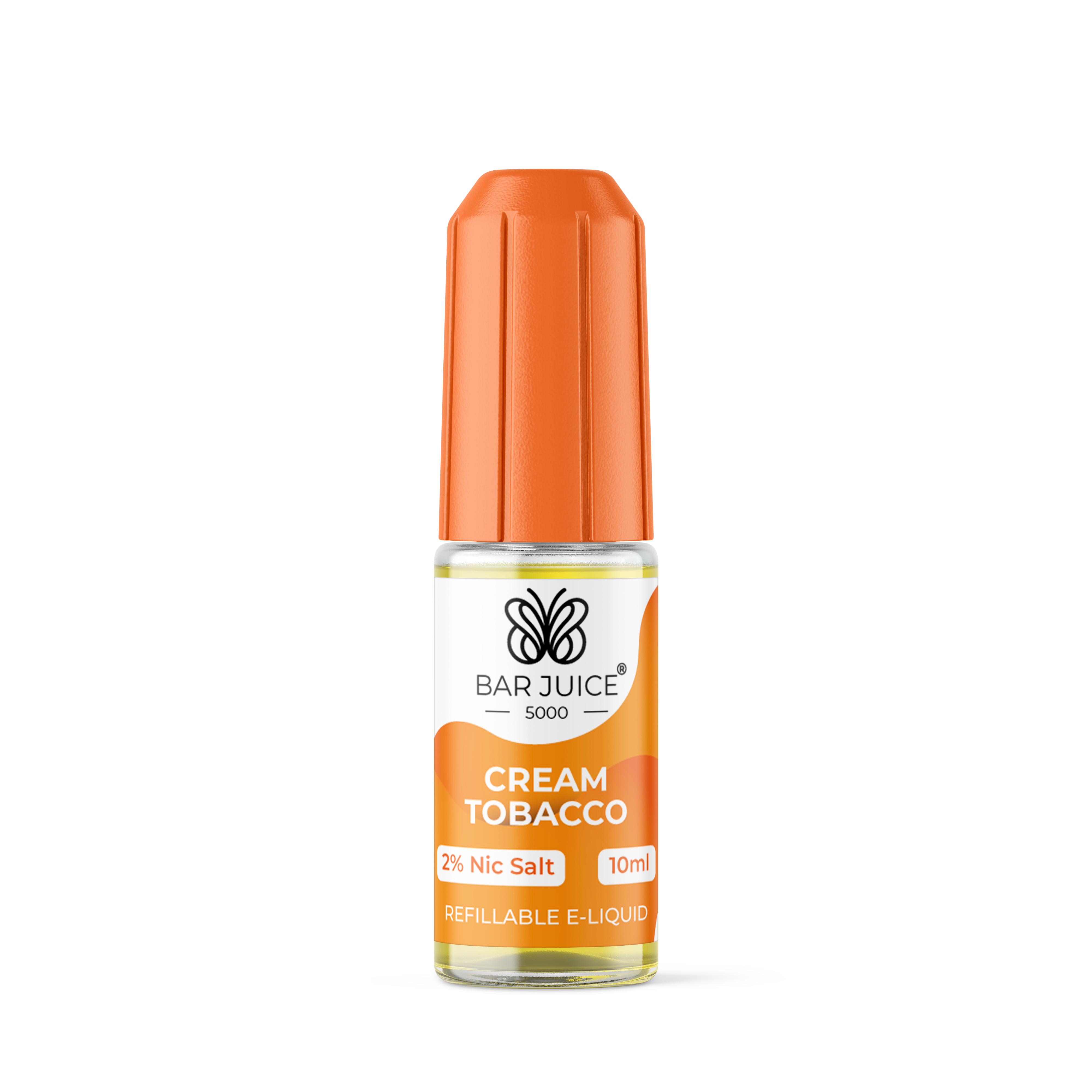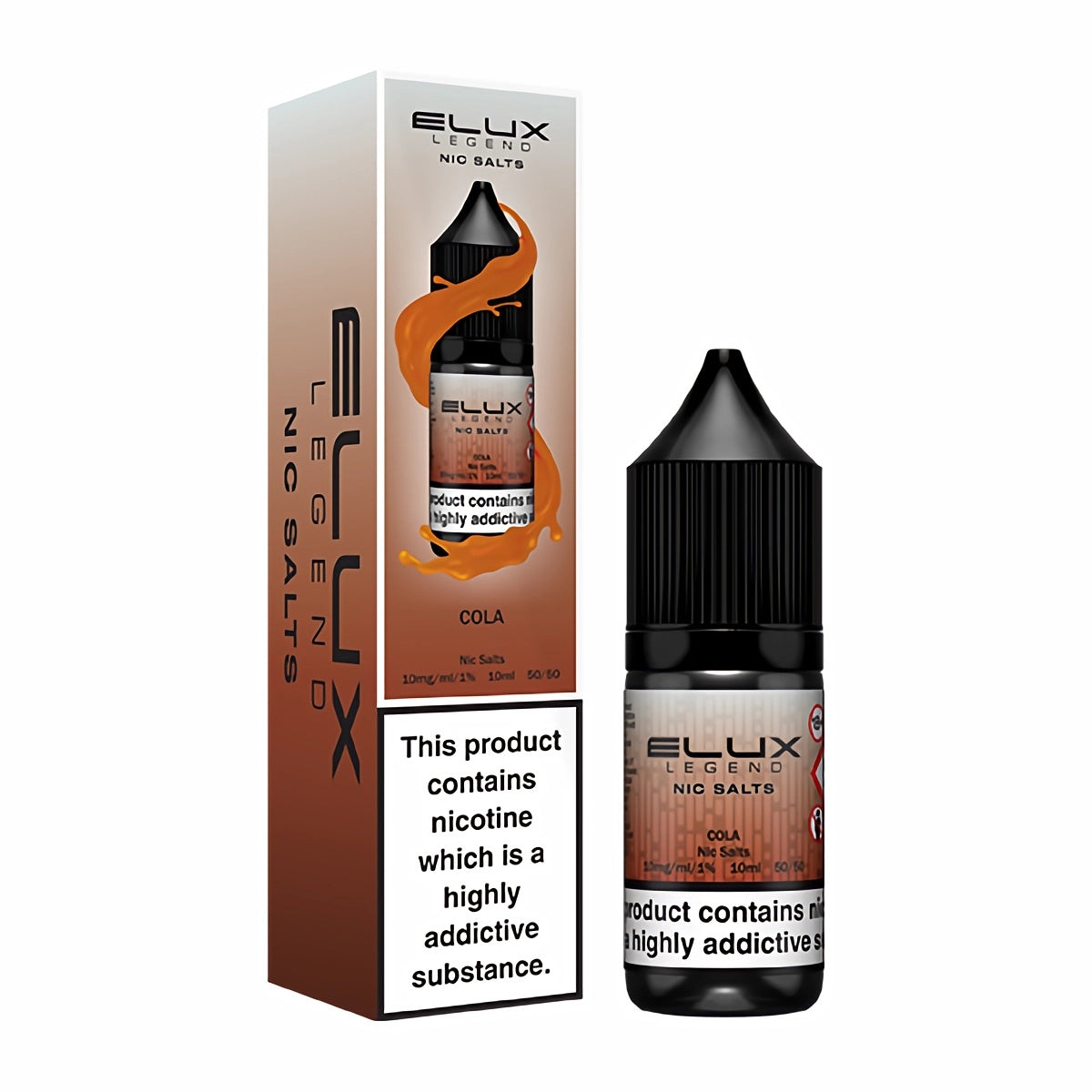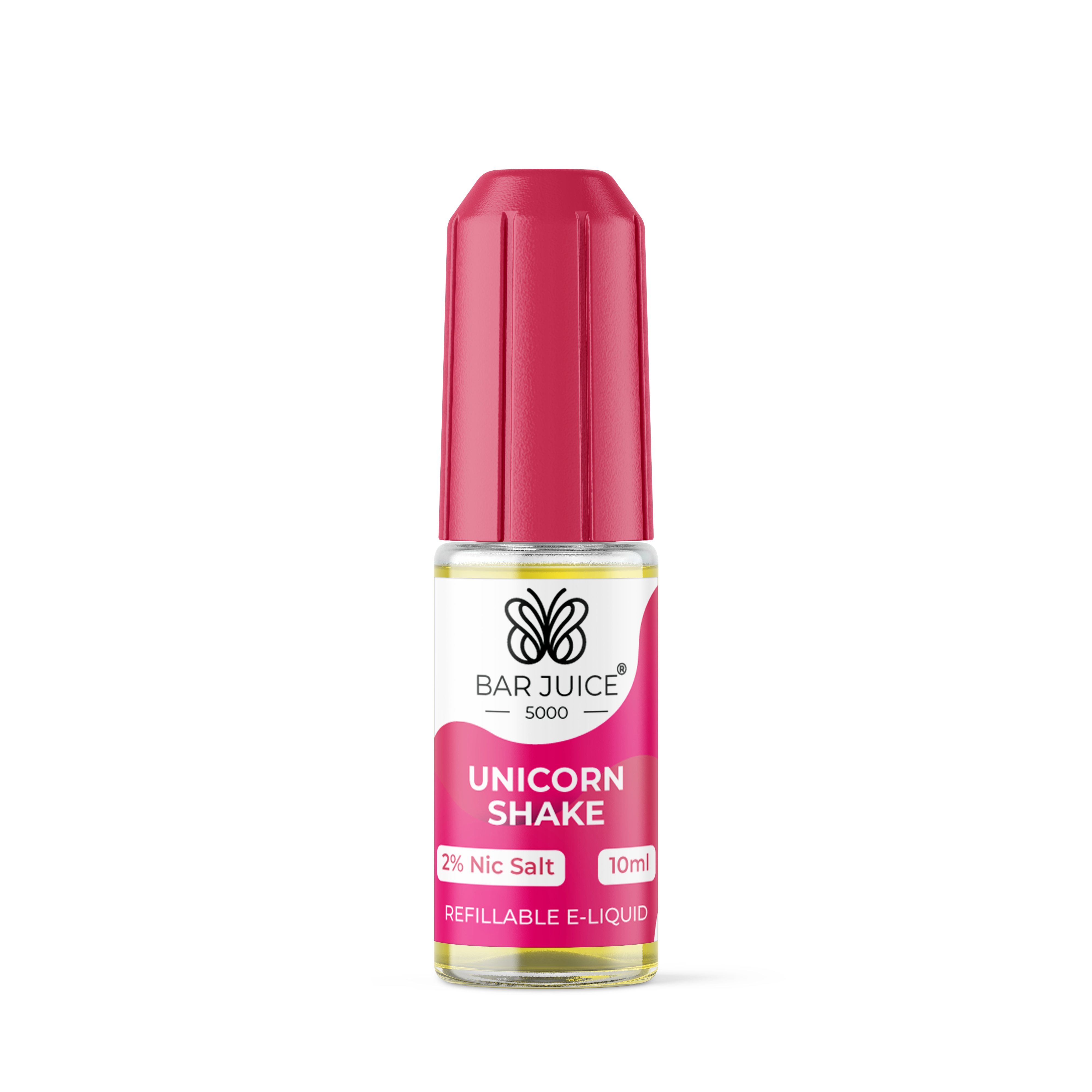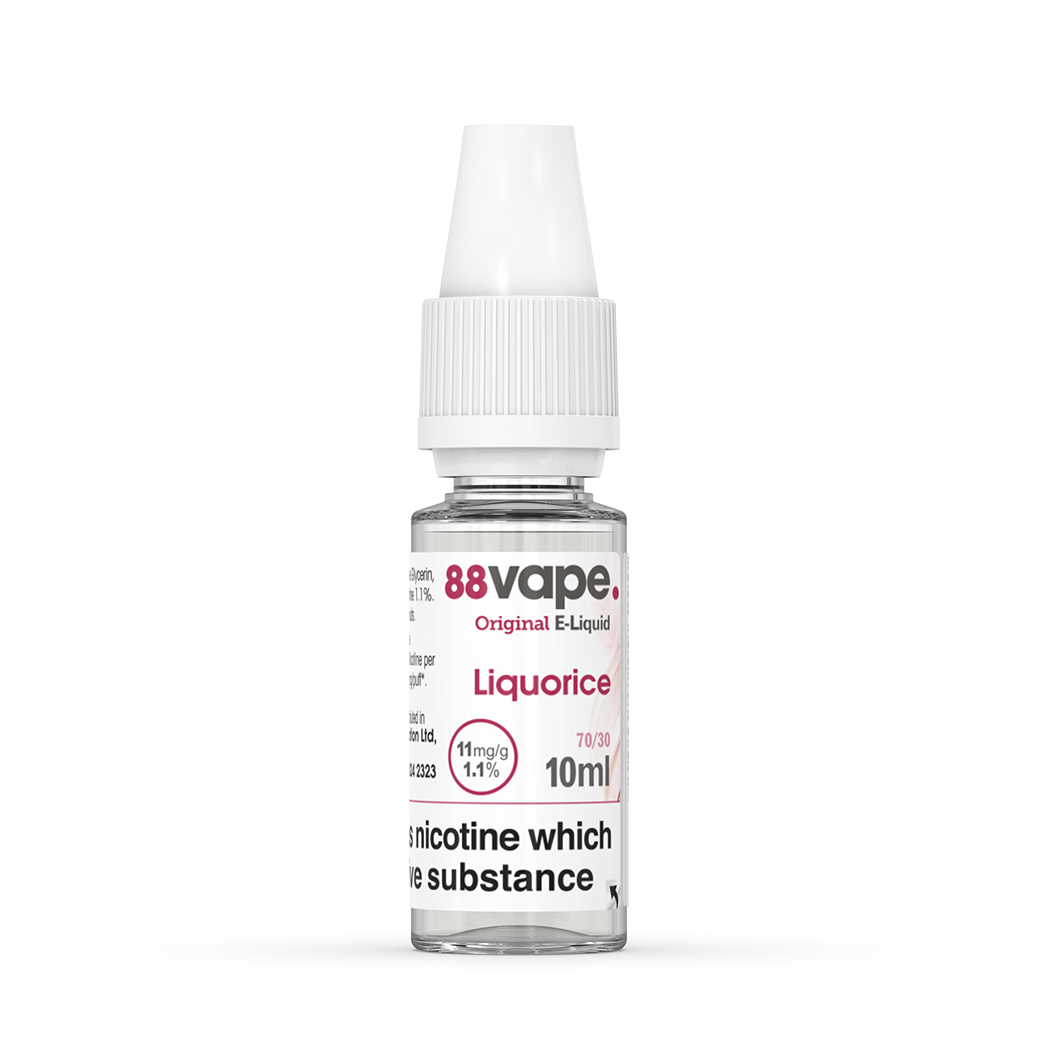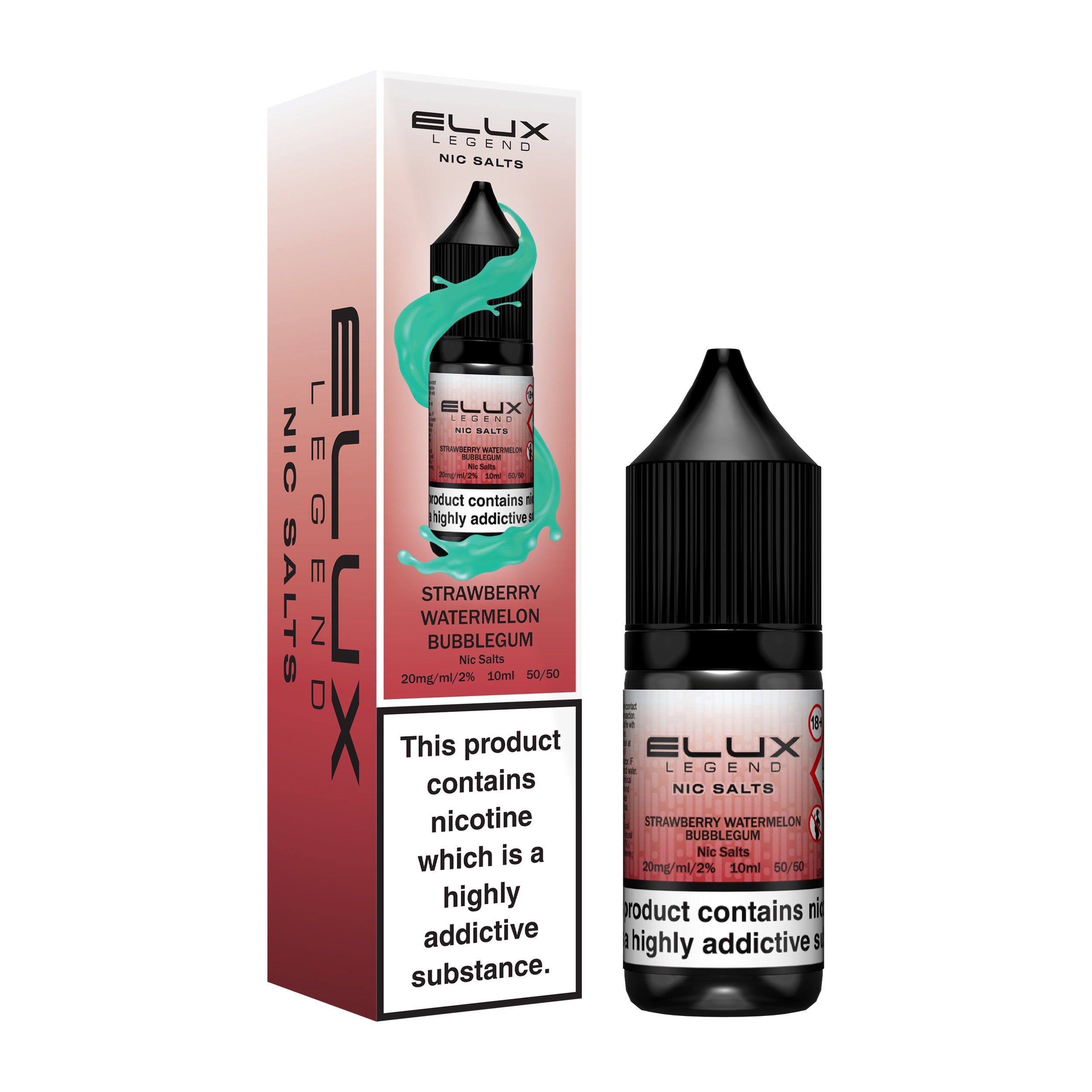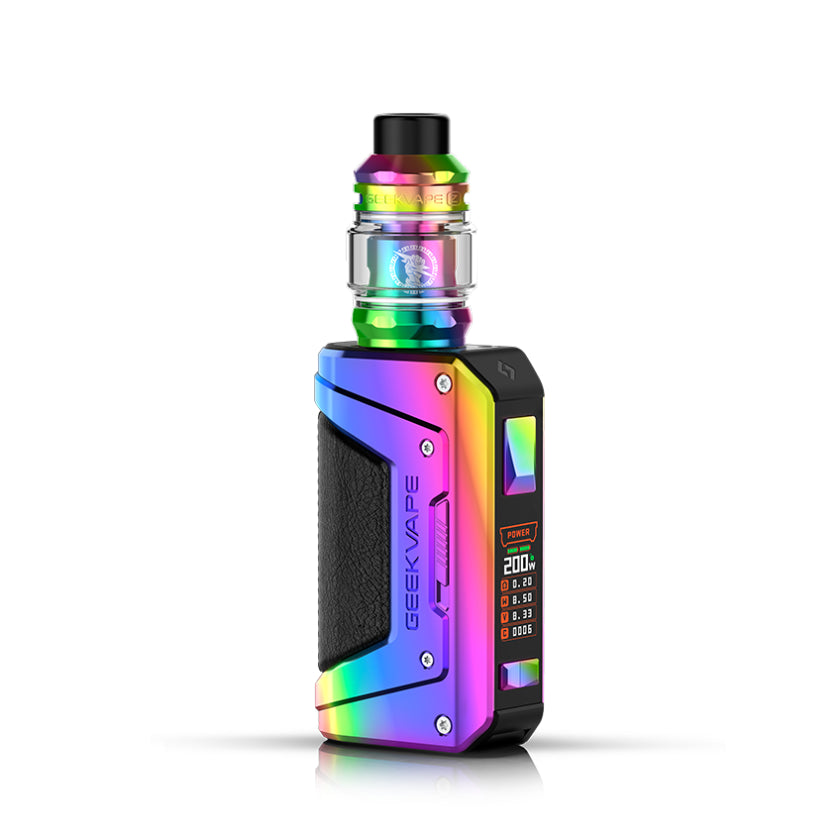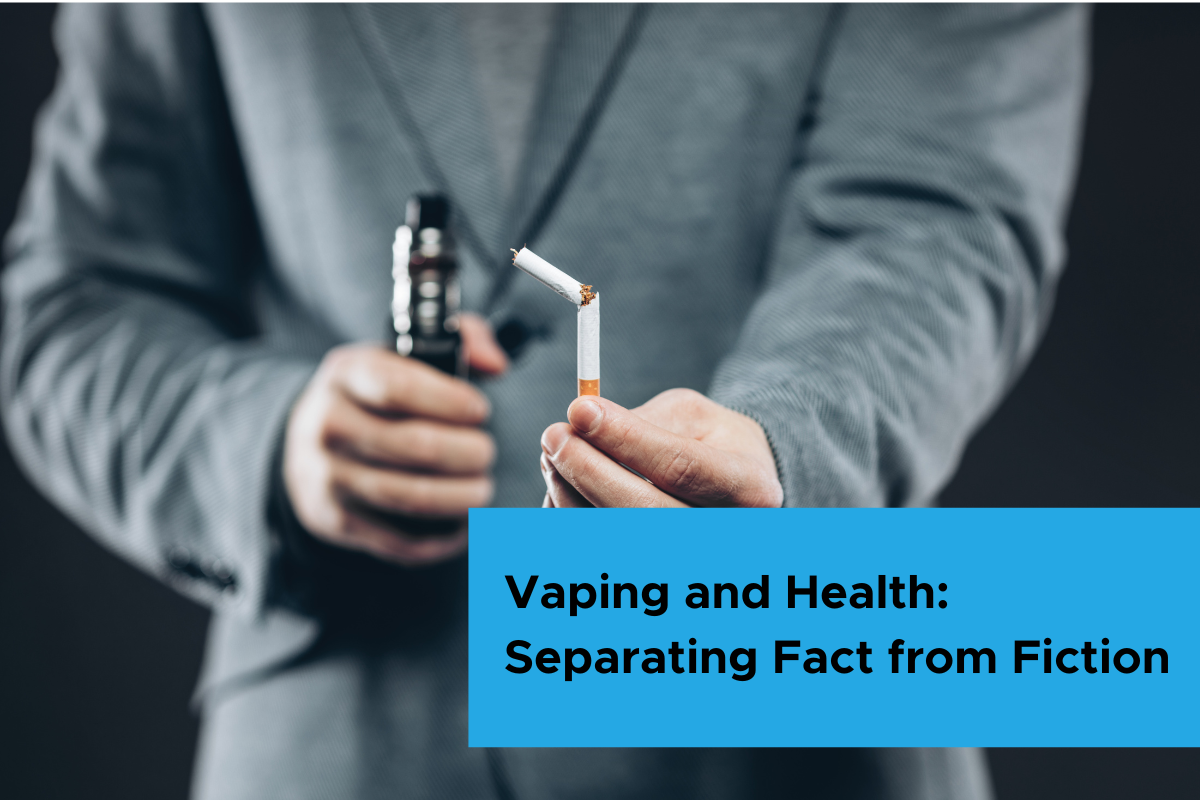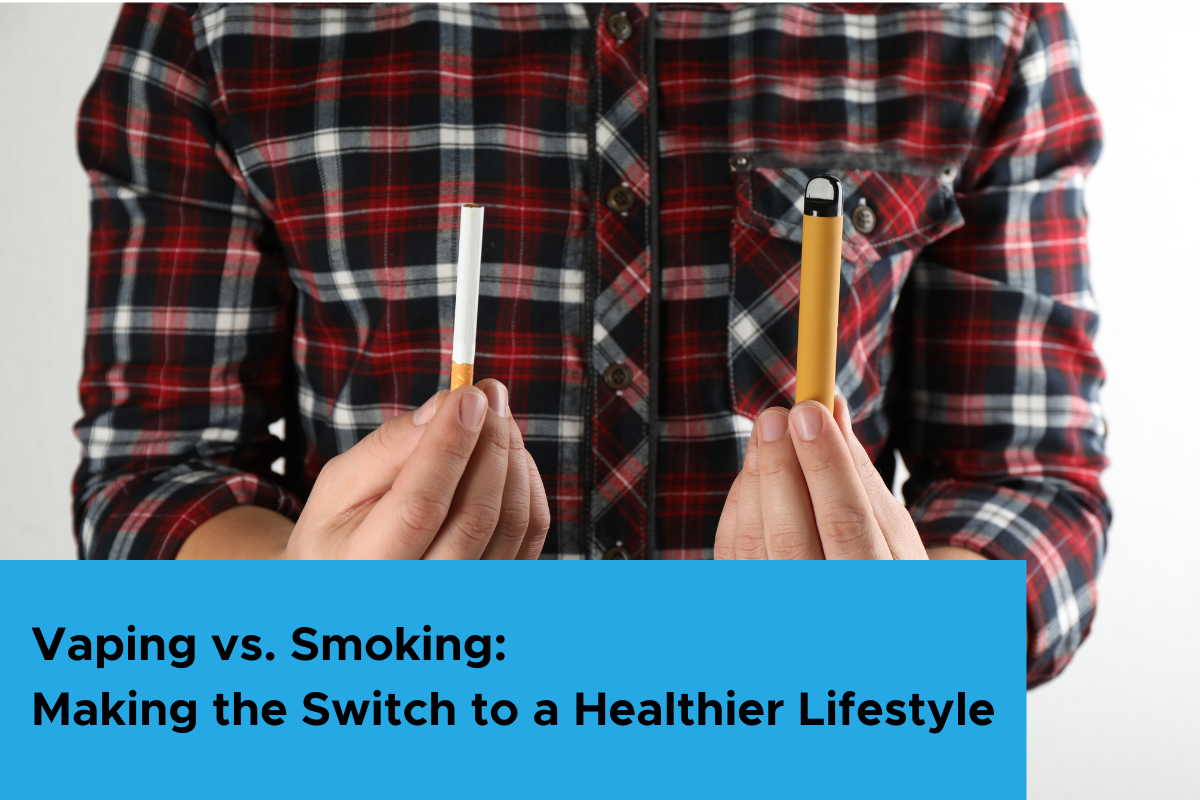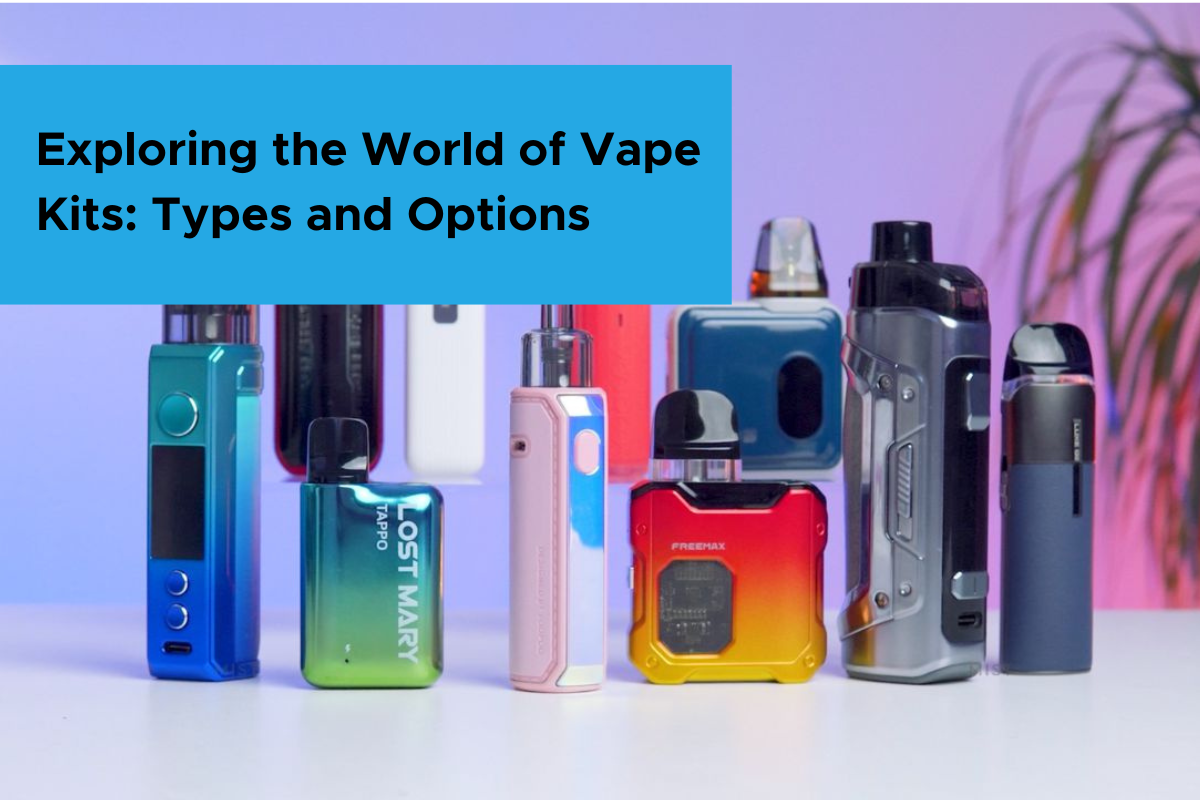In recent years, vaping has become a hotly debated topic in the realm of public health. As e-cigarettes gained popularity, concerns and misconceptions surrounding their impact on health also emerged. Vaping has been praised as a less harmful alternative to traditional smoking, but it has also faced significant scrutiny and scepticism. In this blog, we will delve into the world of vaping and health, aiming to separate fact from fiction.
The Basics of Vaping
Before we dive into the health aspects, let's understand what vaping is. Vaping refers to the act of inhaling and exhaling aerosol, often referred to as vapor, produced by an e-cigarette or similar device.
These devices work by heating a liquid solution, typically containing nicotine, flavourings, and other chemicals, into a vapor that is inhaled by the user. Unlike traditional cigarettes, which burn tobacco to produce smoke, e-cigarettes do not involve combustion. This fundamental difference has led to the belief that vaping is less harmful to health compared to smoking.
Myth #1: Vaping Is Completely Harmless
One common misconception is that vaping is entirely harmless. While it is true that vaping eliminates many of the harmful chemicals found in tobacco smoke, it is not devoid of risks. E-cigarette aerosol can still contain harmful substances, including nicotine, ultrafine particles, heavy metals, and formaldehyde. Nicotine, in particular, is a highly addictive substance, and its presence in e-cigarettes can lead to addiction among users, especially young people.
Fact #1: Harm Reduction
However, it is crucial to note that vaping can be considered a harm reduction strategy for smokers who are unable or unwilling to quit nicotine altogether. Research suggests that switching from smoking to vaping can significantly reduce the health risks associated with tobacco use. For smokers trying to quit, vaping may serve as a less harmful alternative and a potential pathway to cessation.
Myth #2: Vaping Is a Gateway to Smoking
One of the most debated topics is whether vaping serves as a gateway to smoking, especially among young people. Critics argue that e-cigarettes may introduce non-smokers, particularly teenagers, to nicotine, making them more likely to transition to traditional cigarettes.
Fact #2: Mixed Evidence
The evidence on whether vaping acts as a gateway to smoking is mixed. Some studies suggest a correlation between vaping and subsequent smoking initiation, while others do not. It's essential to consider that correlation does not necessarily imply causation. Many factors can influence a teenager's decision to try smoking, including peer pressure, social environments, and personal curiosity. Nonetheless, it is vital to continue monitoring and researching this area to better understand the relationship between vaping and smoking initiation.
Myth #3: Vaping Is as Harmful as Smoking
Another misconception is that vaping is equally as harmful as smoking traditional cigarettes. While both activities involve inhaling substances into the lungs, the harm profiles differ significantly.
Fact #3: Reduced Harm
Research suggests that vaping is less harmful than smoking, primarily because it eliminates the harmful by-products of combustion, such as tar and carbon monoxide. However, this does not mean vaping is entirely risk-free. The long-term health effects of vaping are still being studied, and it is important to acknowledge that some risks exist. Nevertheless, for smokers who struggle to quit, transitioning to vaping can substantially reduce their exposure to harmful toxins.
Vaping and health are subjects surrounded by myths and misunderstandings. While it is essential to remain vigilant and continue studying the long-term effects of vaping, current evidence suggests that it can serve as a less harmful alternative for smokers looking to quit. However, it is not without risks, and its impact on non-smokers, especially young people, remains a subject of concern. To make informed decisions, individuals should be aware of the facts and avoid falling victim to common misconceptions about vaping and its effects on health.



